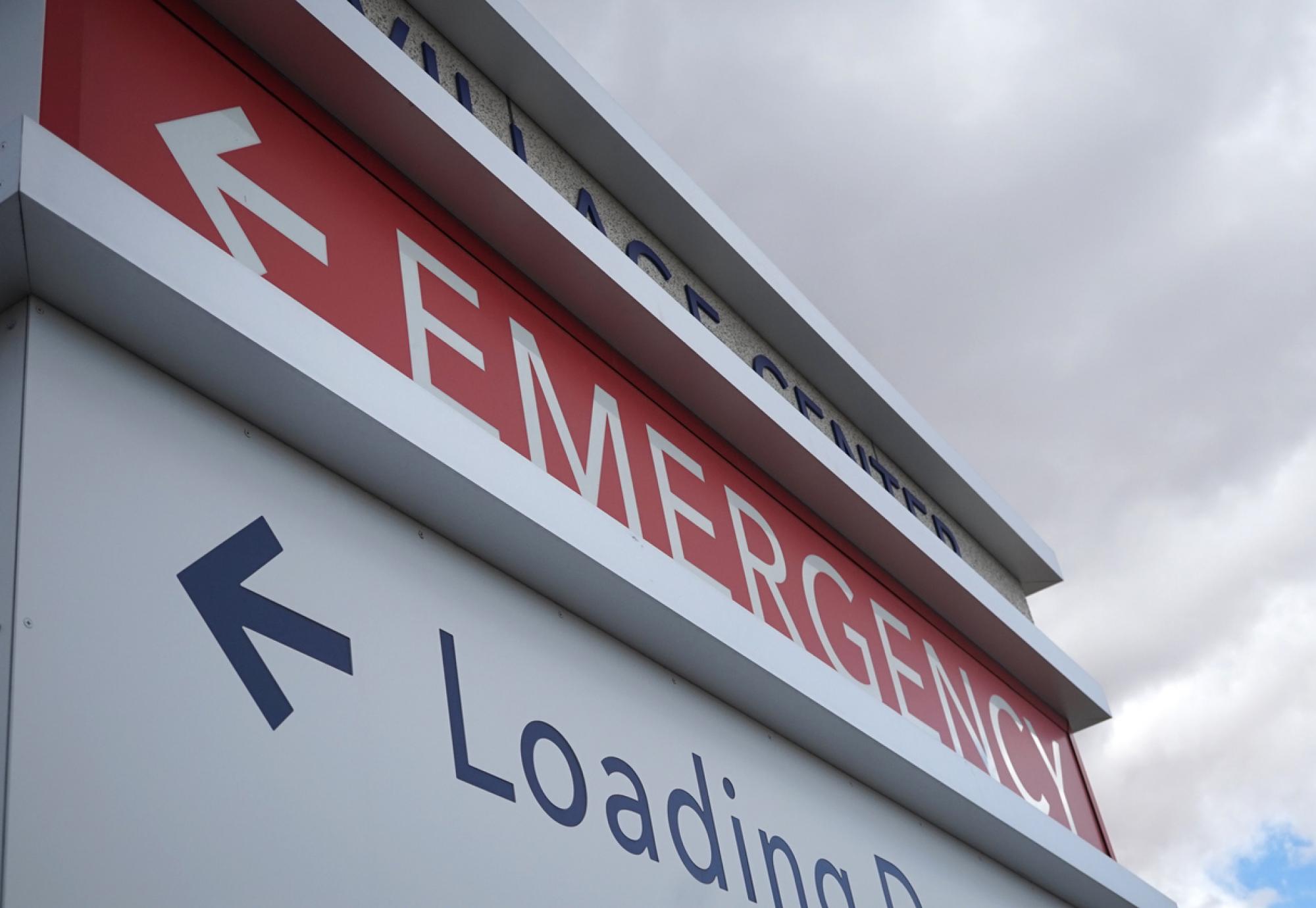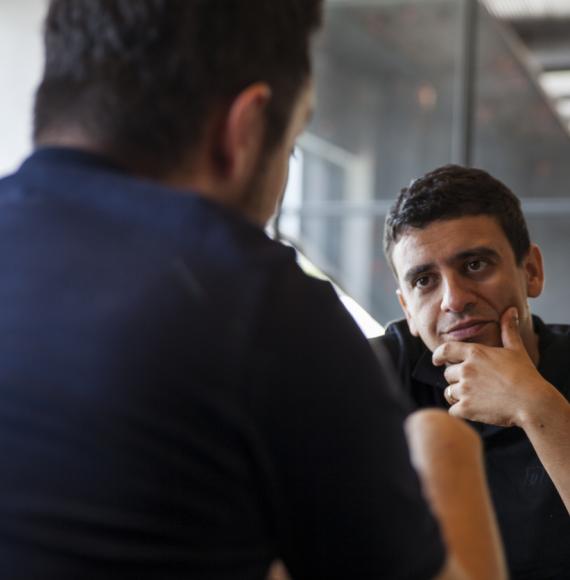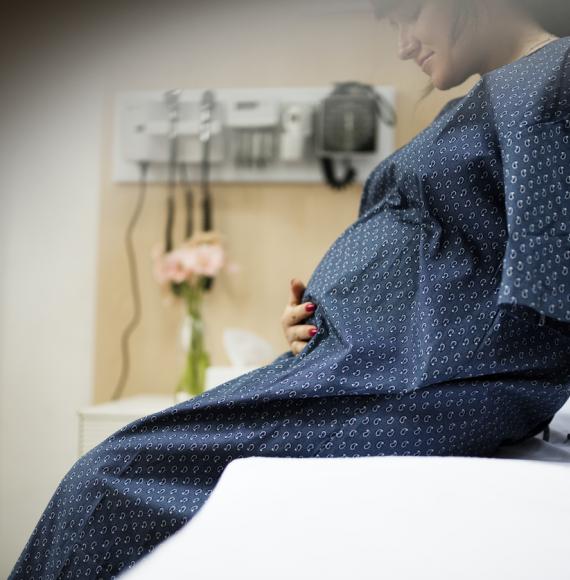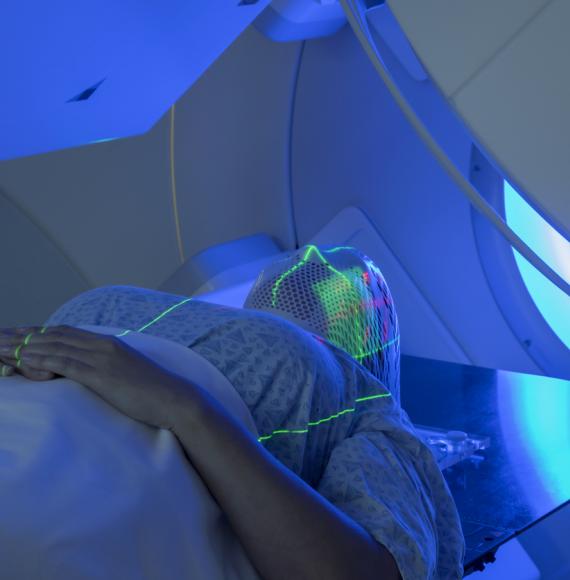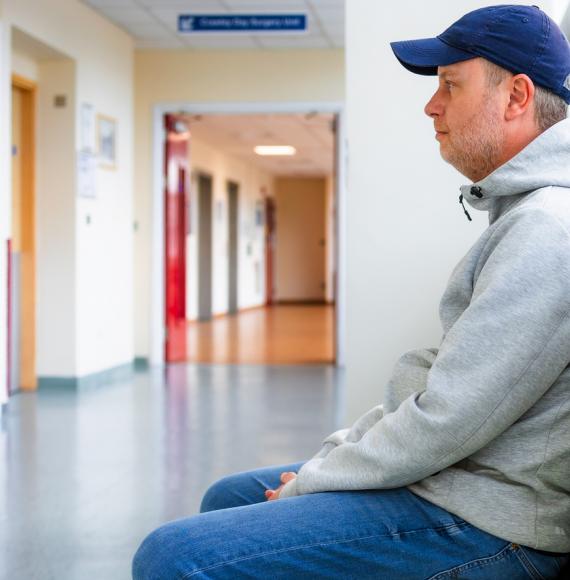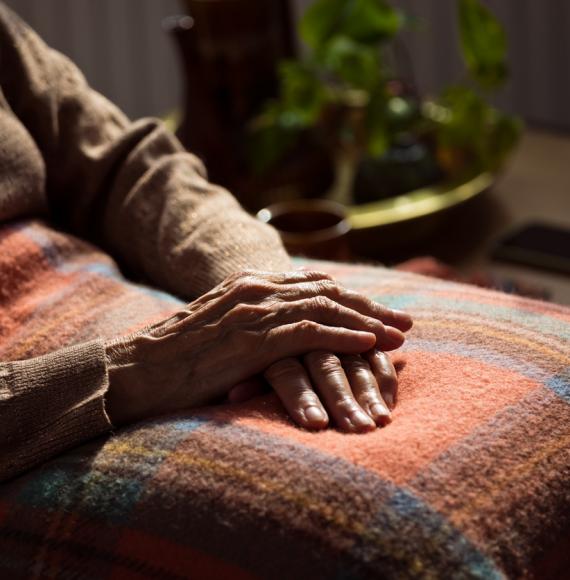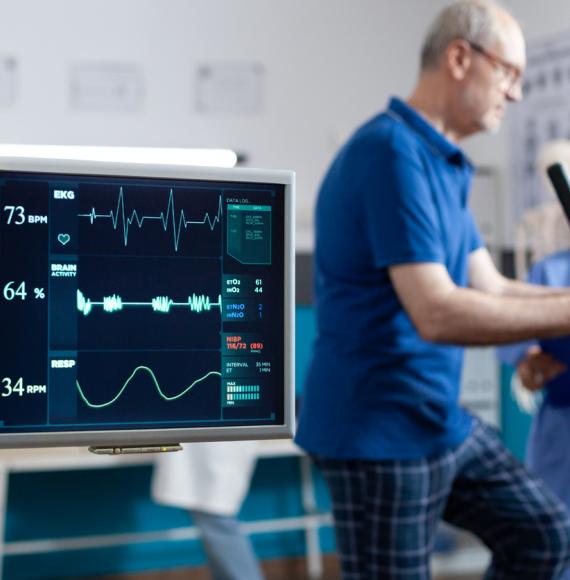Work for a new Emergency Department (ED) at Gloucestershire Royal Hospital is progressing well with the development expected to reach completion in the spring of next year.
Once finished, the new £17.3m build will be a purpose-built environment designed to help clinicians operate in a more efficient way, subsequently helping to streamline patient pathways and reduce waiting times.
Dr Helen Mansfield, ED Consultant at Gloucestershire Hospitals NHS Foundation Trust, said: “Once complete these new facilities will provide a purpose-built environment where we will be able to provide high quality care for our patients. For example, our resuscitation area, where we treat our sickest patients, will double in size enabling us to flow through our patients much more effectively.
“Under the development we will also be providing specialised areas for patients in a mental health crisis. We know that when patients are having a crisis, they benefit from being in the right environment. Having more secluded and private rooms will support this.”
The new ED will house:
- Specialist rooms for mental health
- An orthopaedics unit with supplementary clinical rooms
- Dedicated patient bays
- Six paediatric rooms
- Six minor treatment rooms
- Seven triage rooms
- 23 major patient cubicles
The plans are part of a much wider project which intends to invest more than £100m to construct centres of excellence across the two hospitals that Gloucestershire Hospitals NHS Foundation Trust presides over – Gloucestershire Royal Hospital and Cheltenham General Hospital.
Work on the sites started last year with a new £1m Medical Same Day Emergency Care unit opening at Gloucestershire Royal Hospital as well as a new £4.5m ward specialising in elderly care. Cheltenham General Hospital have also reopened a new £6.5m radiology department.
Professor Mark Pietroni, Medical Director and Interim CEO at Gloucestershire Hospitals NHS Foundation Trust said: “We are happy with the progress to date across both sites and when this programme is completed it will bring with it many benefits for patients as well as staff.
“In terms of ED it will mean that patients flow through the department more smoothly, helping to ease some of the pressures with queuing ambulances and long waits, although it is important to stress that it won’t resolve these issues. The root causes are deeper and we will continue to work closely with our teams and system partners on improving the situation.”

